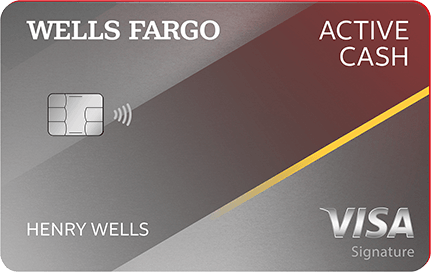The importance of a strong call to action (CTA)
A strong call to action (CTA) is not just a part of your marketing message; it's the backbone of your campaign's success. Understanding its importance is crucial in driving your audience to take desired actions.
This post explores the pivotal role of effective CTAs in converting visitors to customers, offering insights into crafting captivating commands, optimizing their placement, and the significance of testing for improved outcomes.
By integrating proven strategies and continuous optimization, businesses can significantly enhance their marketing efforts and achieve remarkable results.

The Significance of a Strong Call to Action
In today’s digital landscape, capturing the attention of your audience is only part of the battle. The real challenge lies in compelling them to take action. Herein lies the power of a strong call to action. This critical component guides your visitors towards your desired goal, be it making a purchase, signing up for a newsletter, or downloading a whitepaper.
A compelling CTA is more than just a button or a line of text; it's a strategic tool that can dramatically increase your conversion rates and overall campaign effectiveness. Simply put, without a strong directive, the journey of your prospective customer might halt prematurely, affecting your bottom line.
Crafting compelling CTAs is an art that involves a deep understanding of your audience’s needs and preferences. It requires clarity, urgency, and relevance to encourage users to take the next step.
Moreover, the placement of these prompts can significantly impact their performance. Integrating Placement strategies for CTAs into your page design ensures maximum visibility and engagement.
Related content
Elements of an Irresistible CTA
An irresistible CTA is concise, clear, and action-oriented. It uses persuasive language that speaks directly to the reader, creating a sense of urgency and excitement about the offered value. Incorporating action verbs like 'Start', 'Discover', 'Join', or 'Learn' can make a huge difference.
Personalization is another key element. Tailoring your message to the perceived needs of your visitors increases relevancy, making the call to action more compelling. This approach requires understanding your audience deeply and segmenting your messages accordingly.
Visual design plays a crucial role as well. The CTA button or hyperlink should stand out visually, drawing the eye and making it clear that it is the next step. This is often achieved through contrasting colors, size, and positioning on the page.
Testing for Success
Even the most well-crafted CTAs need to be tested and refined. Through A/B testing CTAs for best results, marketers can discover what resonates best with their audience. This involves experimenting with different words, designs, and placements to see which versions yield the highest conversion rates.
Testing is an ongoing process. What works today might not work tomorrow as audiences and trends evolve. Continuous optimization based on data and feedback ensures that your CTAs remain effective over time.
Real-Life Examples
Many successful campaigns owe a significant portion of their success to strong calls to action. For instance, a recent campaign by a leading e-commerce platform saw a 20% increase in sign-up rates simply by changing their CTA from 'Sign up for free' to 'Start selling today'.
Another example involves a software company that altered its CTA from ‘Download’ to ‘Get started now’. This small change led to a 10% rise in downloads, showcasing the impact of action-oriented language.
Conclusion
A strong call to action is crucial for guiding your audience towards the desired outcome. It magnifies the effectiveness of your digital marketing efforts by making your messages actionable.
By employing strategic crafting, optimal placement, and continuous testing, your CTAs can drive better engagement and conversions. Remember, the goal is to make it as easy and compelling as possible for users to take the next step in their journey with your brand.
Integrating these insights into your strategy will not only enhance your campaigns but will also contribute significantly to achieving your overall business objectives.
Start optimizing your calls to action today and watch your results transform tomorrow.

Related